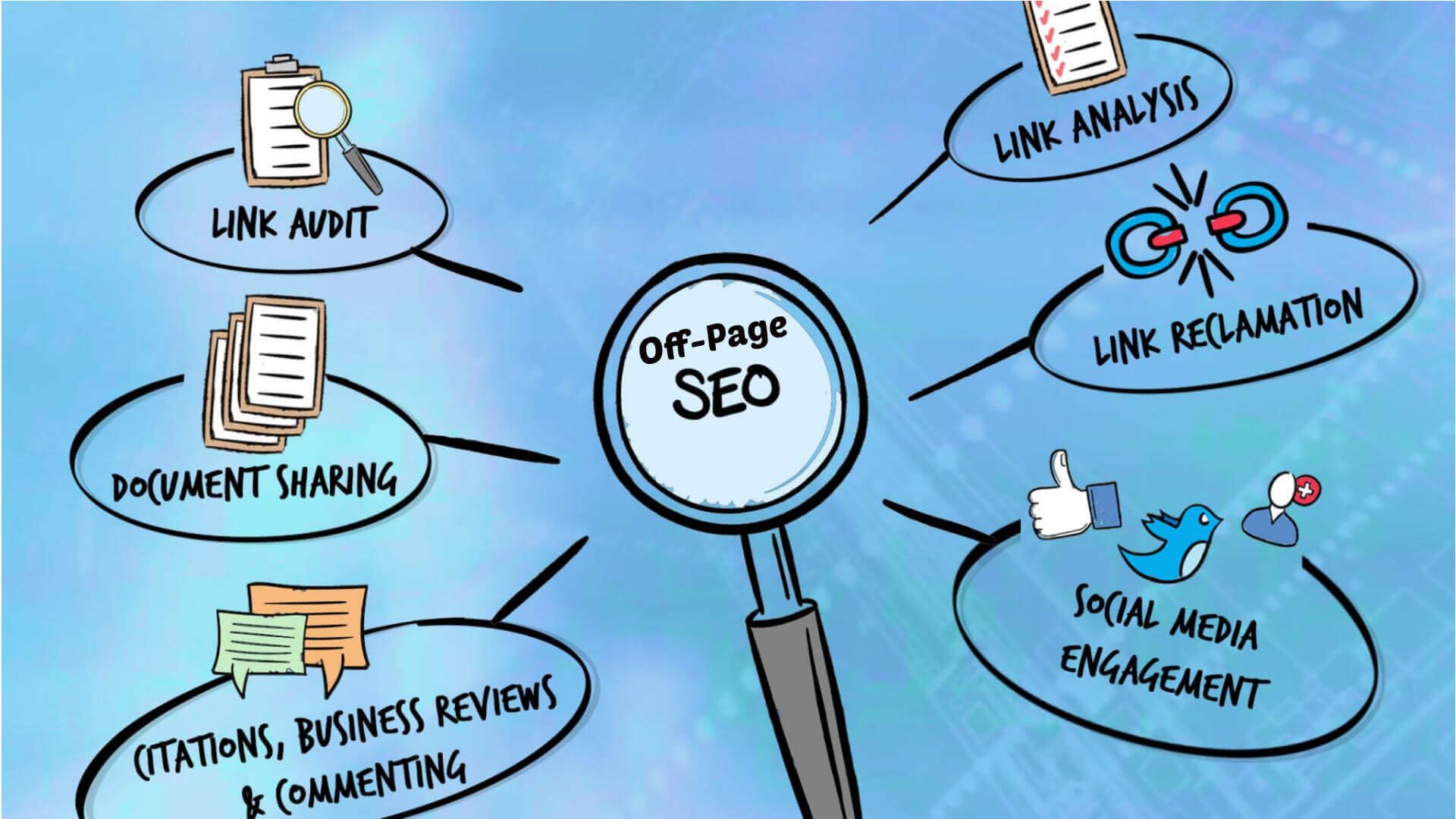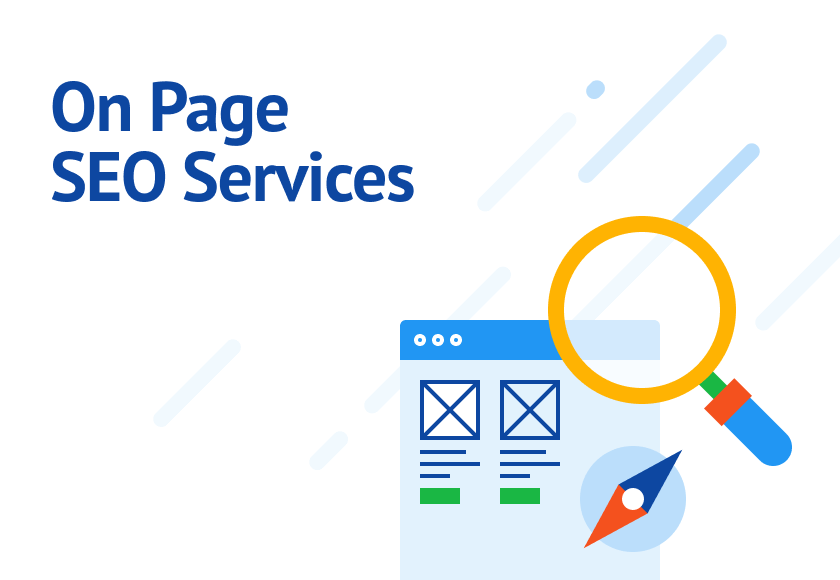To boost your website’s search engine ranking, you need to effectively integrate user experience (UX) strategies with Search Engine Optimization (SEO). Start by incorporating a mobile-friendly design, which is important for better search rankings, and optimize page speed to improve user engagement. Intuitive navigation, content creation that addresses user needs, and improving accessibility for all users are also essential. Utilize analytics to gain insights into user behavior, focus on Core Web Essentials for SEO success, and conduct A/B testing to refine your website’s elements.
By combining these strategies, you’ll be well on your way to creating a seamless user experience that drives more conversions and strengthens your online visibility – and there’s even more to explore to take your UX-SEO game to the next level.
Mobile-Friendly Design for Better Rankings
When designing your website, incorporating a mobile-friendly design is crucial, as Google prioritizes responsive sites in search rankings and over 50% of internet traffic comes from mobile devices.
You’re probably wondering why mobile responsiveness is such a significant factor. The answer lies in user experience and SEO rankings. A mobile-friendly design guarantees that your website adapts to different screen sizes, providing a seamless experience for users. This, in turn, reduces bounce rates and increases conversions.
Google’s mobile-first indexing means that your website’s mobile version is the primary basis for search engine rankings. So, if your website isn’t optimized for mobile, you’re likely to fall behind in the rankings. By incorporating a responsive design, you’re not only improving user experience but also boosting your SEO performance.
Mobile optimization is key to ensuring better search engine rankings, and it’s an essential step in creating a website that truly resonates with your audience. By prioritizing mobile responsiveness, you’re investing in a better user experience and, ultimately, a stronger online presence.
Optimize Page Speed for Engagement

Optimizing your website’s page speed is an important step in enhancing user engagement and search engine rankings, as a mere one-second delay can have a notable impact on your conversion rates. You can’t afford to ignore the fact that a one-second delay can result in a 7% reduction in conversions.
By improving your page speed, you can boost conversions by 7% and increase page views by 11%. To achieve this, you need to focus on optimizing images and leveraging browser caching.
Google considers page speed a ranking factor, impacting SEO performance. Websites that load within 2 seconds have a 9% higher bounce rate than those loading within 5 seconds. This clearly indicates that page speed is important for user engagement and SEO rankings.
By taking steps to optimize your page speed, you can enhance user experience, boost conversions, and improve page views. Start by optimizing images, which can significantly reduce the file size and improve load times. Additionally, leverage browser caching to reduce the number of requests made to your server.
Intuitive Navigation for User Experience

Streamlining your website’s navigation plays an essential role in boosting user engagement, reducing bounce rates, and driving conversions by helping visitors find exactly what they’re looking for.
By implementing intuitive navigation, you’ll create a seamless user experience that keeps visitors hooked. Clear menus, breadcrumbs, and search functionality are vital components of a well-structured navigation system. These elements not only enhance user experience but also improve your website’s SEO.
To cater to the growing number of mobile users, make sure that your navigation is optimized for various devices. A responsive design will ensure a smooth user experience, regardless of screen size or device type.
A user-friendly navigation system with a logical hierarchy will improve site usability and user satisfaction. By making it easy for visitors to find what they’re looking for, you’ll increase conversion rates and improve your website’s visibility in search engine results.
Content Creation for User Needs

Your content creation strategy should prioritize addressing the needs and aspirations of your target audience to drive meaningful engagement and conversions. To achieve this, focus on providing valuable answers to user queries instead of just targeting keywords. This approach enhances the user experience and SEO performance, as it satisfies user intent and demonstrates a genuine interest in helping users find what they need.
To create effective user-focused content, use a mix of imaginative and informative content that resonates with your audience. This will help users understand and engage with your website, leading to better SEO outcomes.
With advancements in Natural Language Processing, such as Google’s RankBrain and BERT, it’s more important than ever to create content that aligns with user intent.
Improving Accessibility for All Users

By building accessibility into your website’s design, you can break down barriers and open up your online presence to a vast and diverse audience, ultimately driving more engagement, conversions, and SEO success. To improve accessibility, start by following the Web Content Accessibility Guidelines (WCAG). These guidelines will help you enhance website usability for individuals with disabilities, contributing to better SEO performance.
| Accessibility Feature | User Benefit | SEO Impact |
|---|---|---|
| Alt text for images | Visually impaired users can understand image content | Provides relevant information to search engines, boosting SEO |
| Keyboard accessibility | Users with mobility impairments can navigate the website easily | Improves user experience, leading to better SEO rankings |
| WCAG guidelines | Enhances website usability for individuals with disabilities | Contributes to better SEO performance by catering to diverse user needs |
Enhancing User Interface for Conversions

As you focus on driving more conversions, a well-designed user interface becomes essential in guiding visitors through your website and encouraging them to take the desired actions. A user-friendly interface can increase conversions by up to 200%, making it an important aspect of your website’s design.
To enhance your user interface for conversions, consider the following strategies:
- Implement clear calls-to-action (CTAs) and intuitive navigation to improve conversion rates by 400%. This will help visitors quickly find what they’re looking for and take the desired actions.
- Develop a consistent branding and visual hierarchy to boost user engagement by 30%. This will create a cohesive look and feel that resonates with your target audience.
Building a Unified UX-SEO Strategy

Integrating user experience (UX) and search engine optimization (SEO) efforts is crucial for driving higher search rankings and enhancing user engagement on your website. By building a unified UX-SEO strategy, you can meet user needs while aligning with search engine requirements.
| Metric | Description | Tool |
|---|---|---|
| Top Page Views | Most viewed pages on your site | Google Analytics |
| Total Impressions | Number of times your site appears in search results | Semrush |
| Click-Through Rate (CTR) | Percentage of users who click on your site | Google Search Console |
To implement a unified strategy, start by tracking user metrics, such as top page views, total impressions, and click-through rates. Tools like Semrush offer a free trial to help you analyze your website’s performance. By coordinating UX and SEO tactics, you can ensure long-lasting benefits and a seamless digital experience for users. This, in turn, will enhance your SEO efforts and drive more conversions. By prioritizing a unified UX-SEO strategy, you can stay ahead of the competition and achieve tangible results for your business.
Analytics for User Behavior Insights

As you refine your UX-SEO strategy, you’re probably curious about how users interact with your website – and that’s where analytics comes in. By leveraging tools like Google Analytics and Hotjar, you’ll gain a better understanding of user behavior, from click patterns and scrolling habits to engagement metrics and bounce rates.
With these insights, you can identify areas for improvement and optimize your UX to boost SEO performance, driving more traffic and conversions to your site.
Analyzing User Interactions
Through in-depth analysis of user interactions, you’ll uncover the behaviors, motivations, and pain points of your website’s visitors, allowing for targeted UX optimizations that enhance overall experience.
By leveraging tools like Google Analytics, you can gain valuable insights into user behavior on your website, including metrics like bounce rate, page sessions, and conversion rates. These metrics will help you understand user engagement levels and identify areas for improvement.
For instance, a high bounce rate may indicate a mismatch between your website’s content and user expectations. You can also use Heatmapping tools like Hotjar to track clicking, scrolling, and mouse movement, providing visual representations of user interactions.
Some key aspects to analyze include:
- Bounce rate: A high rate may indicate a mismatch between content and user expectations.
- Engaged sessions: Longer stays, multiple page views, or conversions indicate a positive user experience.
Tracking Engagement Metrics
You can gain a deeper understanding of your website’s performance by tracking key engagement metrics, such as bounce rate, page sessions, and conversion rates, using tools like Google Analytics. These metrics provide valuable insights into user behavior, helping you identify areas for improvement.
For instance, a high bounce rate may indicate that your content isn’t resonating with users, while a high number of engaged sessions suggests that your website is meeting user needs.
Analyzing user behavior through metrics like time on page, engaged sessions, and conversion rates helps you understand what’s working and what’s not. You can also use heatmapping tools like Hotjar to visualize user interactions, such as clicking, scrolling, and mouse movement. This information can guide strategic decisions for enhancing both user experience and SEO.
Identifying Behavior Patterns
Building on the insights gained from tracking engagement metrics, identifying behavior patterns helps you decipher the intricacies of user interactions, revealing opportunities to optimize your website’s user experience and ultimately enhance your SEO strategies.
By leveraging analytics, you can uncover valuable information about your website’s performance and user behavior patterns. Heatmapping tools like Hotjar allow you to track user interactions such as clicking, scrolling, and mouse movements, giving you a clear picture of how users engage with your site.
Here are a few ways to utilize analytics for user behavior insights:
- Analyze engaged sessions: Look for sessions with longer stays and multiple page views, indicating positive user experiences.
- Identify pain points: Use heatmaps to pinpoint areas where users struggle or drop off, highlighting opportunities for UX improvements.
Core Web Vitals for SEO Success

As you focus on enhancing your website’s user experience to boost SEO, you’ll want to prioritize Core Web Imperatives, which are key metrics that Google uses to measure user experience.
By optimizing page load times, enhancing visual stability, and improving interaction speed, you can create a smoother, more satisfying experience for your users.
Optimizing Page Load Times
Page load speed has become a crucial component of search engine optimization (SEO), with Google prioritizing websites that deliver fast and seamless user experiences. Your website’s page load times directly impact your SEO rankings, user experience, and bounce rates.
By optimizing your website’s page load times, you’ll improve your Core Web Importance, such as Largest Contentful Paint (LCP) and Cumulative Layout Shift (CLS).
Here are three strategies to get you started:
- Optimizing images: Compress your images to reduce file sizes without compromising quality. This simple step can notably improve your page load speed and boost your SEO performance.
- Lazy loading techniques: Load content only when it’s needed to reduce initial page load times and improve the overall user experience.
Enhancing Visual Stability
By prioritizing visual stability and minimizing sudden layout shifts, you can enhance your website’s Core Web Vitals, particularly Cumulative Layout Shift (CLS), and ultimately boost your SEO performance.
CLS optimization is essential for creating a seamless user experience, as it measures the number of unexpected layout shifts during page loading. When your website’s layout is stable, users are more likely to engage with your content, leading to higher user engagement and lower bounce rates.
Addressing CLS issues can have a positive impact on user satisfaction and site credibility, which in turn contribute to your website’s overall SEO success. Google considers CLS a key factor in determining website quality and ranking in search results.
By optimizing CLS, you’re sending a signal to search engines that your website prioritizes user experience. This can lead to improved rankings, increased visibility, and more organic traffic.
Improving Interaction Speed
Optimizing interaction speed is crucial for SEO success, and it begins with ensuring that your website’s main content loads quickly, as measured by Core Web Essentials like Largest Contentful Paint (LCP).
You want your users to have a seamless experience, and that means prioritizing page speed and responsiveness. When you improve interaction speed, you’re not only enhancing user experience, but also search rankings.
Here are some key metrics to focus on:
- First Input Delay (FID): measures the time between a user’s initial interaction and the browser’s response. Aim for a FID of less than 100ms.
- Cumulative Layout Shift (CLS): evaluates the stability of your website’s layout. Aim for a CLS score of less than 0.1.
A/B Testing for User Experience

Your website’s A/B testing strategy is a vital component of improving user experience and boosting SEO, as it allows you to compare different versions of your site and identify which elements resonate best with your audience. By doing so, you can optimize key elements like CTAs, layouts, and content to increase user engagement and conversions.
| A/B Testing Benefits | Impact on UX | SEO Advantages |
|---|---|---|
| Enhanced User Engagement | Enhanced session duration, bounce rate | Higher search engine rankings |
| Data-Driven Decision Making | Guiding UX improvements with data | Better grasp of search engine algorithms |
| Conversion Rate Optimization | Improved conversion rates | Enhanced online credibility |
A/B testing helps you analyze user behavior, make informed UX improvements, and consequently enhance your website’s overall search rankings. By utilizing data-driven decisions, you’ll be better equipped to craft a more engaging experience that resonates with your target audience, ultimately boosting your brand’s SEO performance. Embracing an A/B testing strategy ensures that you’re continually refining your website, enhancing user engagement, driving more conversions, and strengthening your brand’s online visibility.
To Recap
By implementing these 10 user experience strategies, you’ll be hitting two birds with one stone – boosting your SEO and delighting your users.
A seamless, intuitive, and mobile-friendly design will be the icing on the cake, making your website a go-to destination for users and search engines alike.
With these strategies, you’ll be well on your way to creating a UX-SEO powerhouse that drives engagement, conversions, and ultimately, success.








